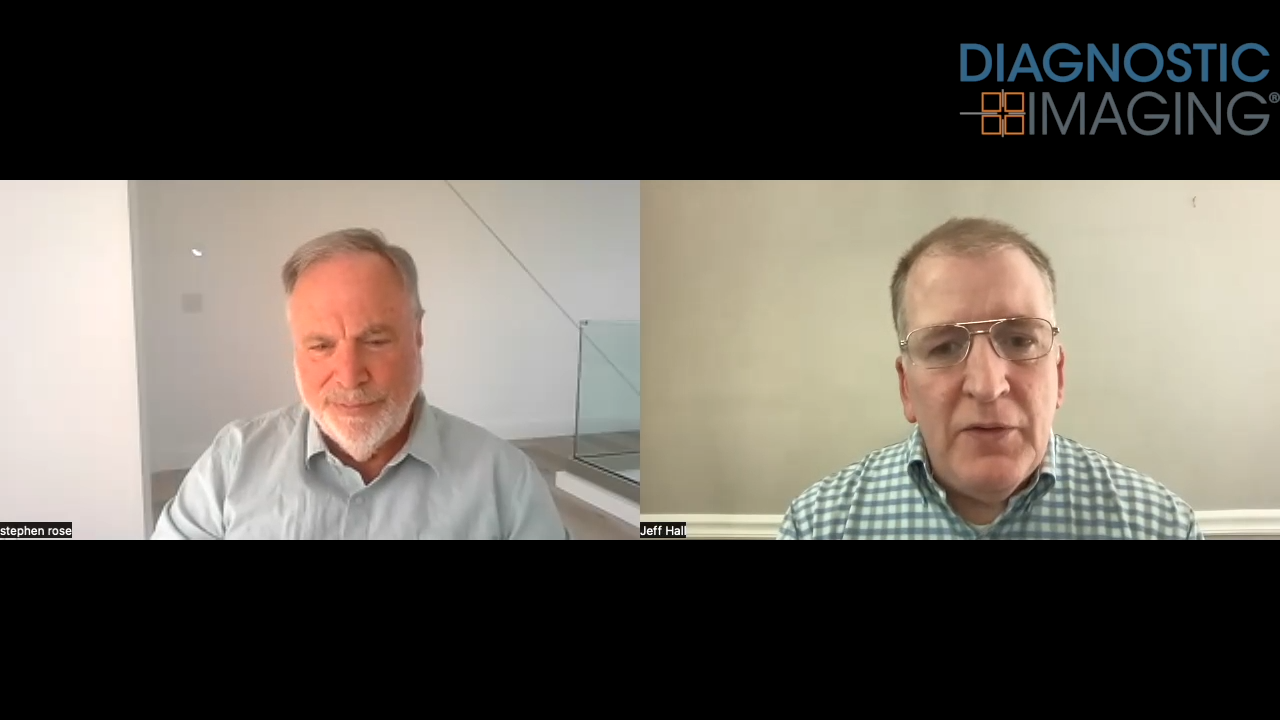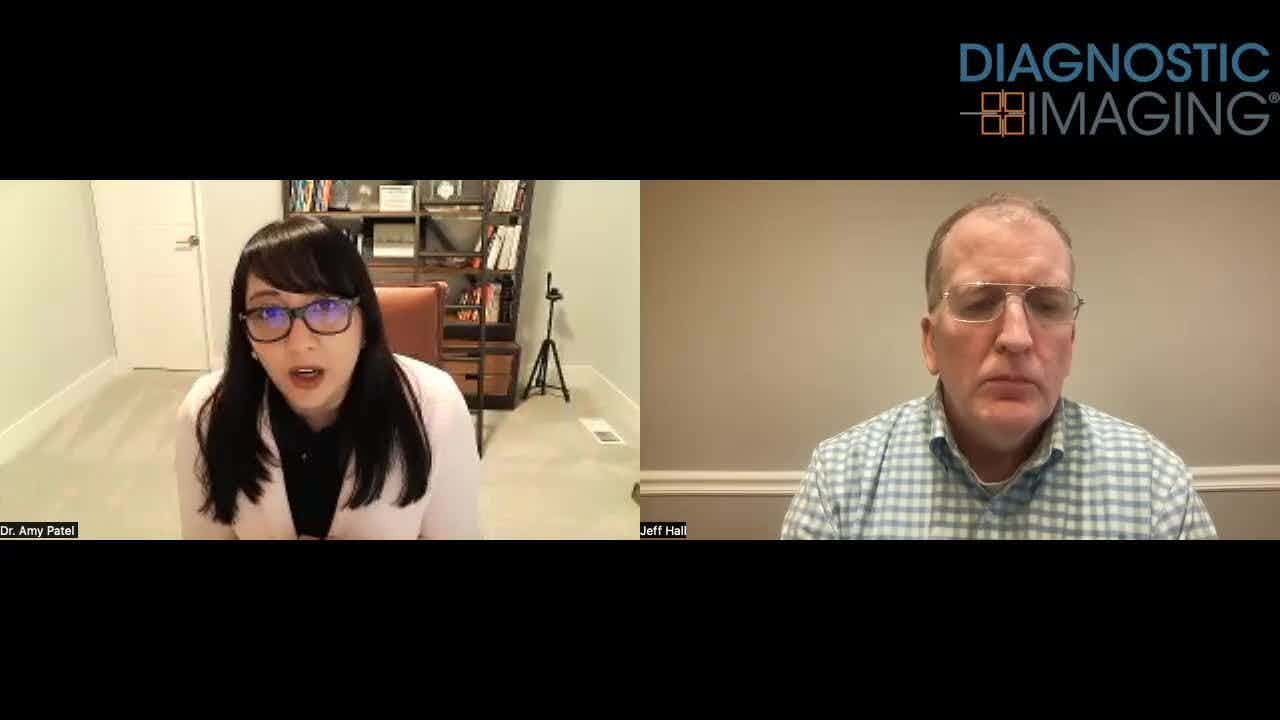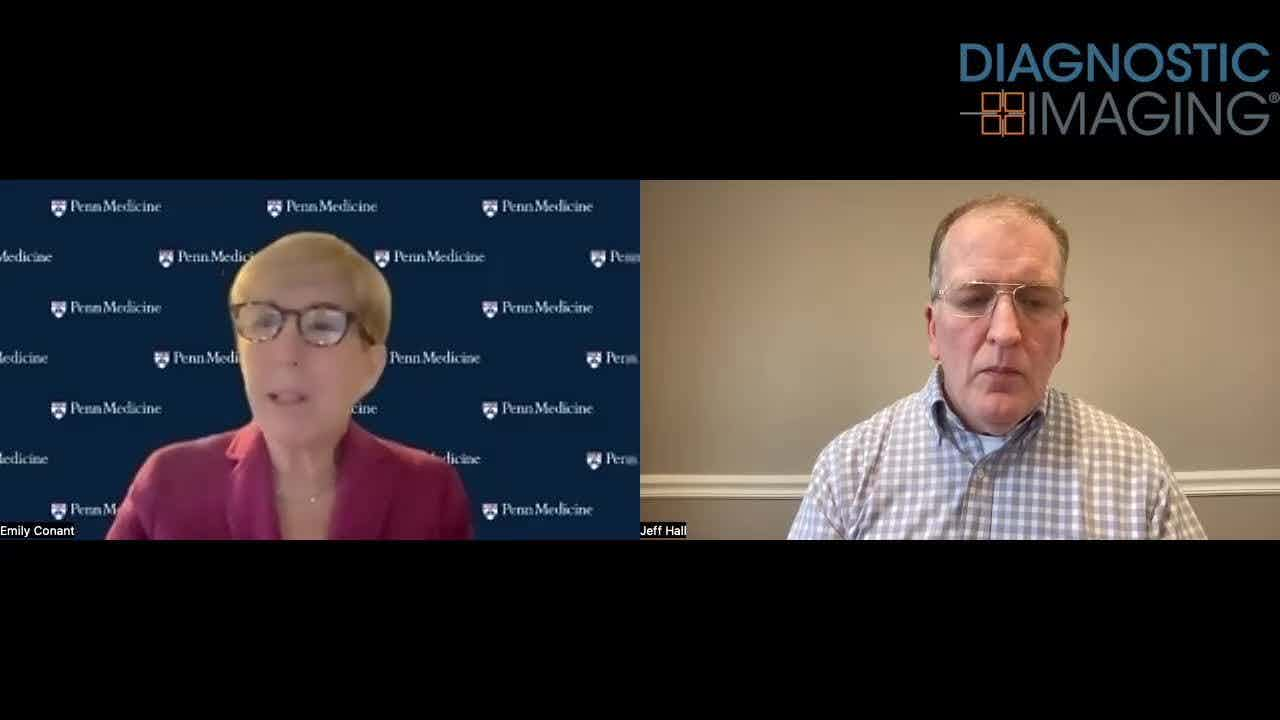Mammographic Screening: Obligate Overdiagnosis Rates Increase With Age
Type 1 overdiagnosis of breast cancer at screening is increasing as women age.
Mammographic screening is resulting in higher type 1 overdiagnosis rates as women age, according to a study published in the journal Radiology.
Researchers from the University of Colorado School of Medicine in Aurora sought to determine obligate overdiagnosis rates, defined as the percentage of women diagnosed with screen-detected breast cancer who die of causes other than breast cancer prior to clinical presentation of that cancer, for ductal carcinoma in situ (DCIS), invasive breast cancer, and all breast cancers.
The researchers obtained information from the Human Mortality Database, looking at age-specific, all-cause mortality rates; age-specific breast cancer incidence and mortality rates from Surveillance, Epidemiology, and End Results data, and estimates of mean lead times and lead time distributions from breast cancer screening trials were used to estimate obligate (type 1) overdiagnosis rates for DCIS, invasive breast cancer, and all breast cancers (DCIS plus invasive) for U.S. women undergoing screening mammography.
The mortality rates by age were used to estimate how many women died of causes other than breast cancer during the lead time afforded by screening mammography. Resulting age-dependent overdiagnosis rates, along with screen-detected breast cancer incidence by age, were used to estimate type 1 overdiagnosis rates for the U.S. screening population.
The results showed obligate overdiagnosis rates depended strongly on the women’s age at which they were screened. The rate was less than 1 percent for women at 40 years, but this increased over time at 80 years:
Cancer type/Percentage of women overdiagnosed
- DCIS/30%
- Invasive breast cancer/21%
- All breast cancers/22.5%
The researchers noted that type 1 overdiagnosis rates among screened women in the U.S. are estimated to be 9 percent for DCIS and approximately 7 percent for both invasive breast cancer and all breast cancers. Screening of women ages 40 to 49 years (or premenopausal women, as determined from patient history, starting at age 40 years) adds little to obligate overdiagnosis rates (0.15 percent for DCIS and less than 0.1 percent for invasive breast cancer and all breast cancers).
They concluded that type 1 overdiagnosis rates increased rapidly with age at screening.
Mammography Study Compares False Positives Between AI and Radiologists in DBT Screening
May 8th 2025For DBT breast cancer screening, 47 percent of radiologist-only flagged false positives involved mass presentations whereas 40 percent of AI-only flagged false positive cases involved benign calcifications, according to research presented at the recent American Roentgen Ray Society (ARRS) conference.










